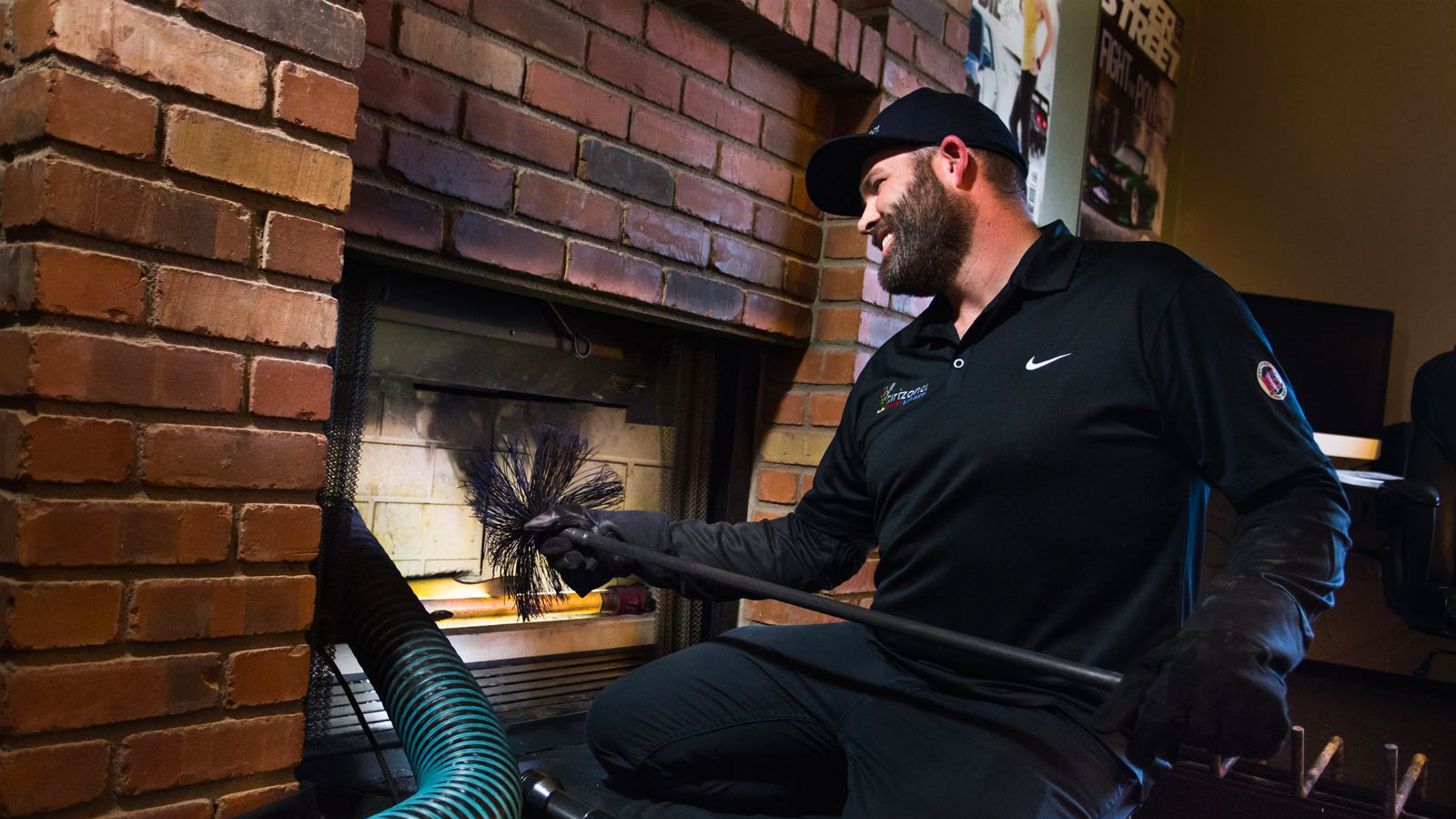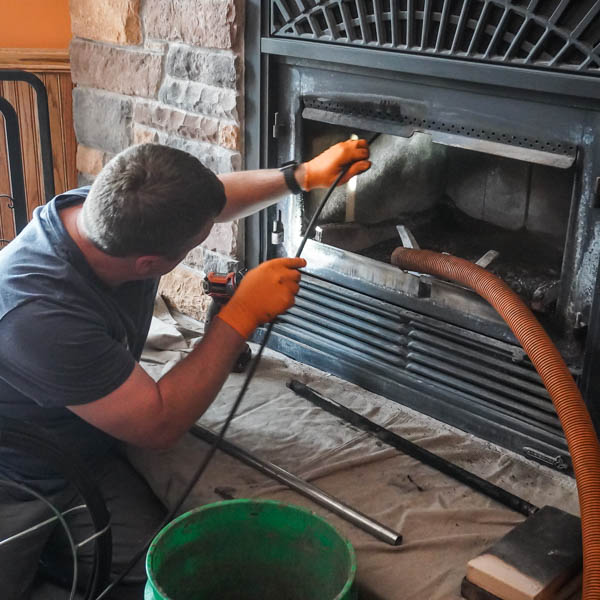Understanding the Art of Chimney Sweep San Jose: Finest Practices Unveiled
Understanding the Art of Chimney Sweep San Jose: Finest Practices Unveiled
Blog Article
Professional Guide to Smokeshaft Cleansing: Whatever You Required to Know
Overlooking smokeshaft cleansing can lead to a host of issues, from poor air flow to security risks. From the tools called for to the step-by-step procedure involved, a specialist overview to chimney cleaning supplies a comprehensive overview of exactly how to keep this important part of your home working efficiently.
Relevance of Smokeshaft Maintenance
Preserving proper smokeshaft upkeep is vital for guaranteeing the safety and security and efficiency of your home's home heating system. Over time, chimneys can build up creosote, an extremely combustible substance that can lead to chimney fires if not cleaned up regularly.
Routine chimney maintenance also helps in stopping obstructions that can block the flow of air and gases, leading to inadequate air flow and reduced home heating effectiveness. Additionally, a tidy smokeshaft avoids the build-up of debris and nesting products from birds and animals, decreasing the threat of blockages and making sure correct airflow.
Tools and Supplies Needed

Step-by-Step Cleaning Refine

The initial step is to prepare the location around the fireplace by laying down safety sheets to stop any soot or particles from soiling your home. Next, open up the damper to guarantee correct air flow throughout the cleaning process.
Using a flashlight, check the smokeshaft for any obstructions or accumulation. Get rid of any type of visible particles such as nests, leaves, or creosote using a smokeshaft brush or vacuum especially created for chimney cleansing.
After removing the particles, it's time to scrub the chimney wall surfaces. Connect the brush to extension poles and scrub the walls extensively to displace any type of stubborn build-up. Adhere to up by vacuuming or brushing up the loosened up debris.
When the chimney is clean, check the smokeshaft cap and flue for any type of damages or indicators of wear. Lastly, clean and shut the damper up the surrounding area prior to evaluating the fire place to ensure proper air flow.
Safety And Security Precautions to Follow
Make certain that the fireplace and smokeshaft are totally great before starting any type of cleaning tasks to stop burns or fires. Think about working with an expert chimney move for intricate or risky cleansing jobs to guarantee the work is done securely and properly. By adhering to these safety preventative measures, you can lessen risks and maintain a secure atmosphere during the chimney cleansing procedure.
Tips for Maintaining a Clean Chimney
Prior to launching the smokeshaft cleaning process, it is important to include regular maintenance methods to guarantee a well-functioning and clean smokeshaft. One pointer for keeping a tidy smokeshaft is to schedule routine examinations by a certified chimney sweeper. you could try this out These inspections can aid identify any possible problems before they escalate, saving you time and money in the long run. Furthermore, shedding the ideal kind of wood, such as seasoned hardwoods, can aid reduce the build-up of creosote in the smokeshaft. Creosote is an extremely flammable substance that can result in chimney fires if not effectively handled. One more crucial pointer is to set up a smokeshaft cap to avoid particles, pets, and wetness from getting in the chimney. Routinely cleaning the smokeshaft and inspecting cap can guarantee it works successfully. Constantly dispose of ashes properly and quickly after each usage to stop the buildup of ash, which can limit airflow and enhance the threat of smokeshaft fires. By complying with these upkeep ideas, you can take pleasure in a clean and risk-free smokeshaft throughout the year.
Final Thought
In verdict, routine smokeshaft cleaning is crucial for preserving a efficient and risk-free fireplace or heating system. By adhering to find more the step-by-step click for more cleansing process and taking needed safety preventative measures, you can ensure that your smokeshaft operates appropriately and lowers the danger of fire dangers.
Over time, smokeshafts can build up creosote, a highly combustible substance that can lead to chimney fires if not cleansed routinely. The primary tools required for smokeshaft cleansing consist of a chimney brush, chimney poles, a vacuum cleaner, safety equipment such as handwear covers and safety glasses, a flashlight, and a strong ladder. The smokeshaft brush is essential for getting rid of creosote build-up, while the smokeshaft rods aid in expanding the reach of the brush to cleanse the whole chimney length - Chimney Sweep San Jose. By having these tools and supplies prepared, you can embark on smokeshaft cleansing effectively and securely, keeping the proper functioning of your chimney and making sure a risk-free setting in your home
Prior to launching the chimney cleaning process, it is crucial to include normal upkeep practices to guarantee a well-functioning and clean chimney.
Report this page